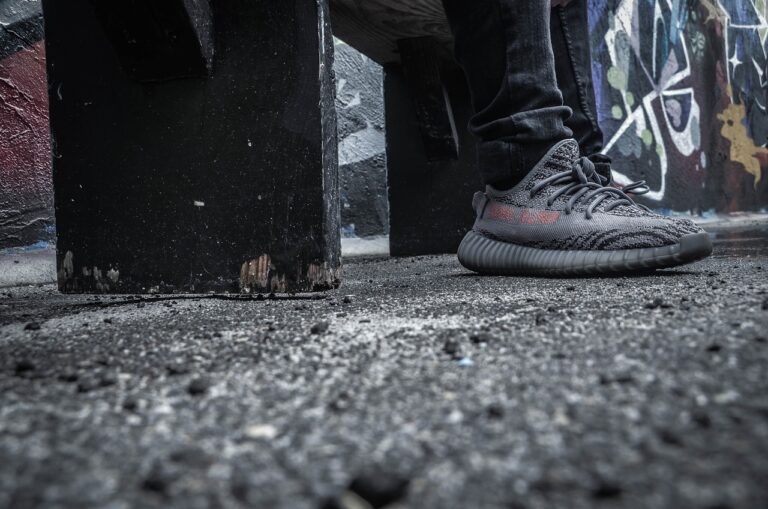Fashion and the Future: Speculations on Trends and Innovations
Technology is revolutionizing the fashion industry in unprecedented ways. With the rise of artificial intelligence (AI) and machine learning, designers can now create more personalized and efficient design processes. Virtual reality (VR) and augmented reality (AR) are also playing a significant role in enhancing the shopping experience for consumers, allowing them to virtually try on clothing and accessories before making a purchase.
Moreover, the use of 3D printing technology is pushing the boundaries of creativity and sustainability in fashion design. This innovative technology enables designers to produce intricate and customizable designs with minimal waste, paving the way for a more environmentally friendly approach to manufacturing clothing. By embracing these technological advancements, the fashion industry is poised to enter a new era of creativity, efficiency, and sustainability.
• AI and machine learning allow for more personalized and efficient design processes
• VR and AR enhance the shopping experience by allowing virtual try-ons
• 3D printing technology promotes creativity and sustainability in fashion design
• Minimal waste production with customizable designs is possible with 3D printing
Innovative Materials and Sustainability in Fashion Design
One of the key driving forces shaping the fashion industry today is the increasing focus on sustainability and the use of innovative materials in fashion design. Designers and brands are now seeking out eco-friendly alternatives to traditional materials like cotton and polyester, aiming to reduce the environmental impact of their creations. This shift towards sustainable practices is changing the way fashion is both produced and perceived by consumers, leading to a more conscious and ethical approach to design.
Innovative materials are also playing a significant role in pushing the boundaries of creativity in the fashion world. From recycled plastic bottles transformed into high-quality fabrics to lab-grown leather that eliminates the need for animal products, designers are exploring new possibilities in material innovation. This emphasis on using unconventional materials not only contributes to a more sustainable fashion industry but also sparks a wave of innovation and experimentation in design processes.
The Rise of Virtual Fashion Shows and Digital Retail
In recent years, there has been a noticeable shift in the fashion industry towards the adoption of virtual fashion shows and digital retail experiences. With advancements in technology, brands are leveraging virtual platforms to showcase their collections in innovative and engaging ways. This trend has been accelerated by the global pandemic, forcing fashion houses to rethink traditional runway shows and explore digital alternatives that reach a wider audience.
The rise of virtual fashion shows has also opened up new opportunities for designers to experiment with creativity and push boundaries in presenting their collections. By harnessing the power of digital tools, brands are able to create immersive experiences that captivate viewers and offer a unique perspective on their designs. Moreover, digital retail platforms have revolutionized the way consumers interact with fashion, providing them with access to a curated selection of products anytime, anywhere.
What is the potential impact of technology on the fashion industry?
Technology is revolutionizing the fashion industry by offering new ways to design, produce, and market clothing. Virtual fashion shows and digital retail are just some of the innovations that are changing the way we experience fashion.
How are innovative materials contributing to sustainability in fashion design?
Designers are increasingly turning to innovative materials such as recycled fabrics, biodegradable fibers, and sustainable alternatives to leather and fur. These materials help reduce the environmental impact of the fashion industry and promote sustainability.
Why are virtual fashion shows and digital retail on the rise?
Virtual fashion shows and digital retail are becoming more popular due to their convenience, accessibility, and ability to reach a global audience. They also offer a more sustainable alternative to traditional fashion events by reducing the need for physical resources and travel.







